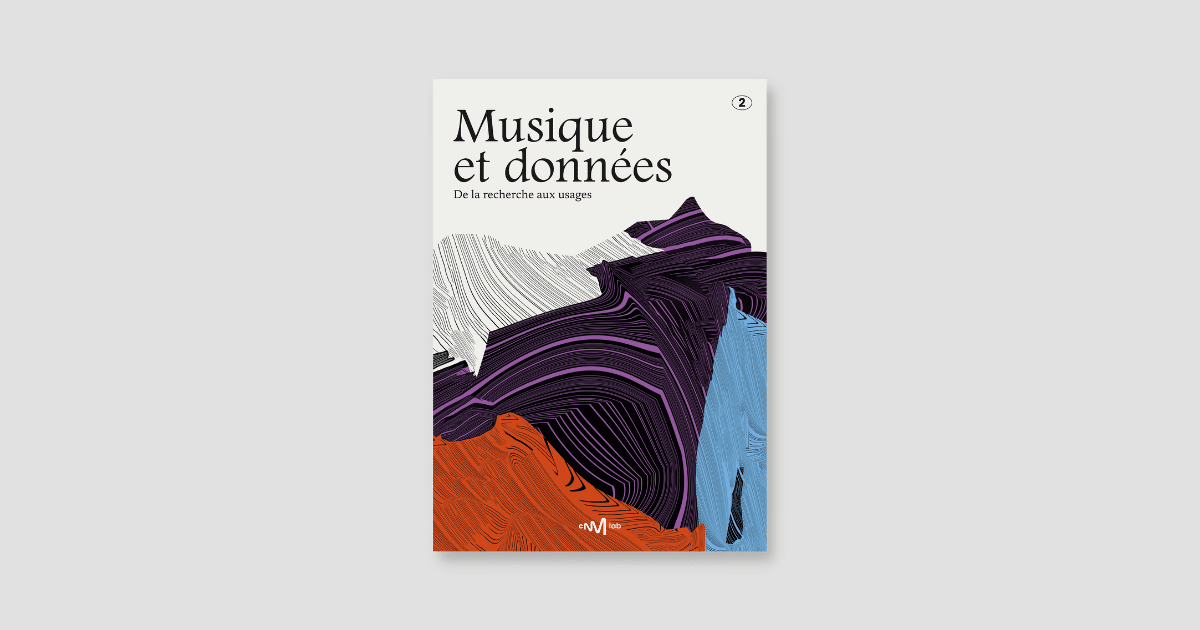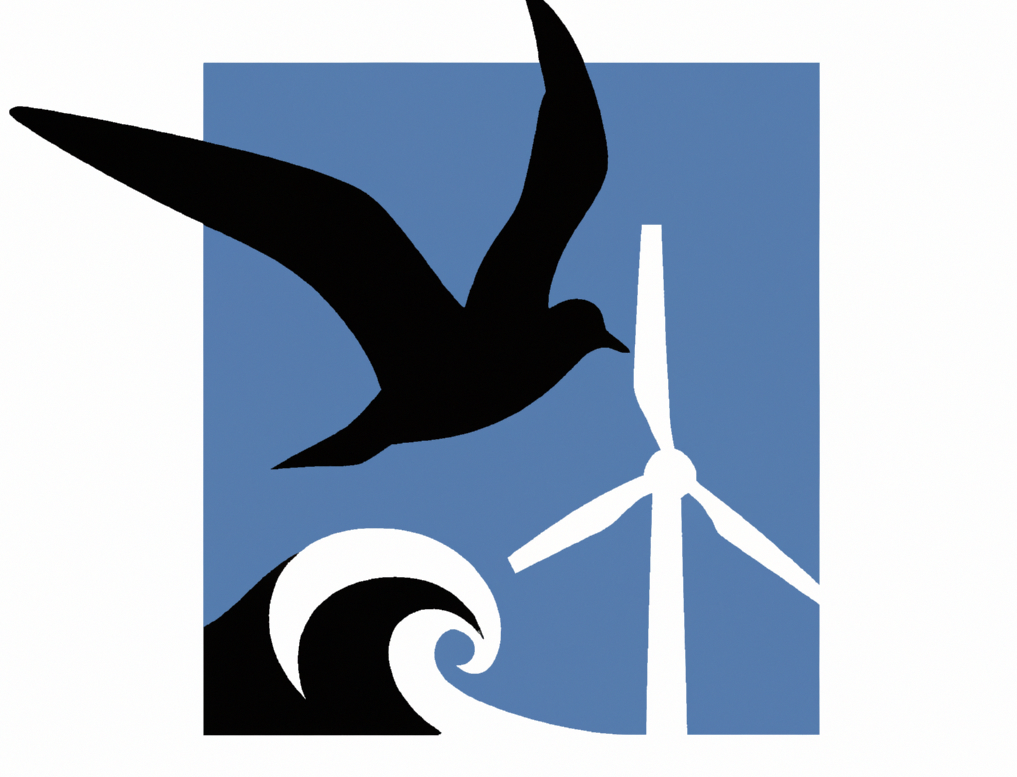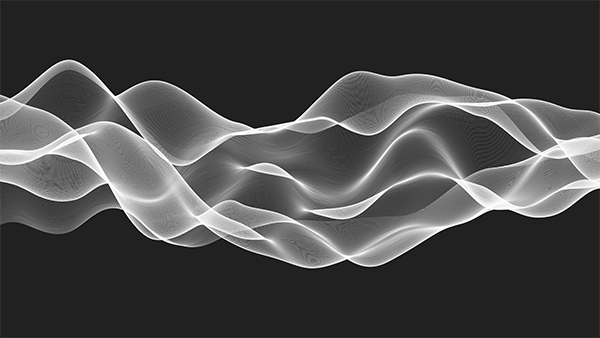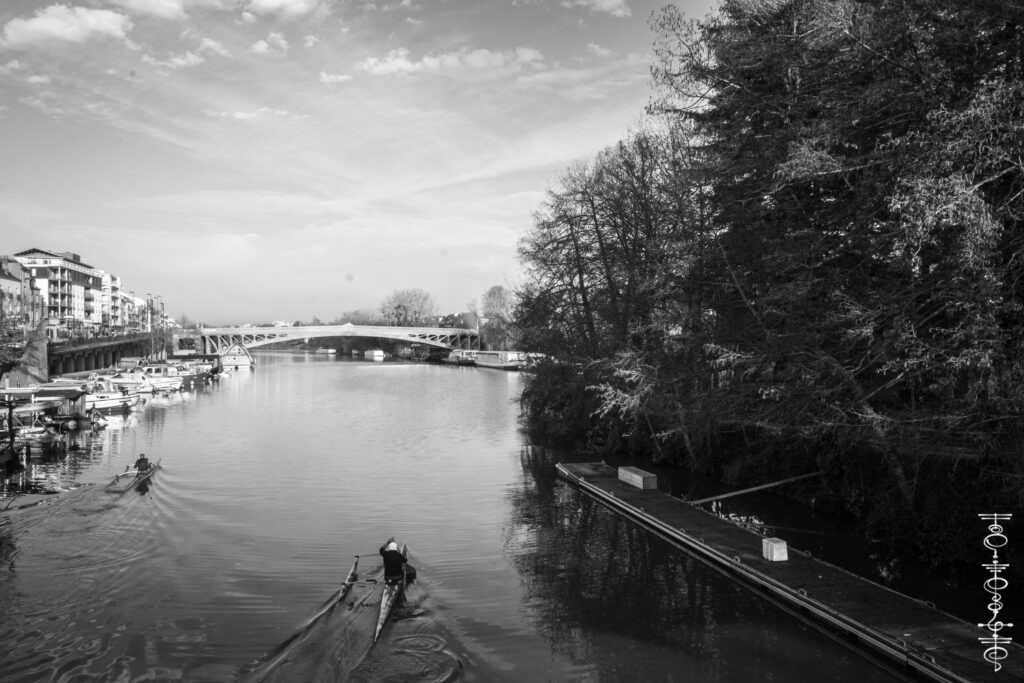UPCOMING EVENTS

Création “in earth we walk” @ Halle 6
A live performance for voice, live electronics, and double bass. Created by Han Han
In earth we walk is a fleeting moment where voices become agents for constructing nature-inspired landscapes: voices utter semantically charged words conveying vivid scenarios; voices supply raw sonic material that are treated as pure sounds. The libretto is a six-stanza poem that unfolds a series of pictorial and psychological scenes, exploring themes of longing, awe and the reckoning with impermanence. Together, vocal emulations of clouds, torrent, winds, tides and sands weave into a sonic experience that evokes one’s multifaceted relationship with the many wonders and situations earth puts one in.

“Sensing the City Using Sound Sources: Outcomes of the CENSE Project” @ Urban Sound Symposium

OTHER NEWS

Écologie de la musique numérique

PETREL: Platform for Environmental Tracking of Renewable Energy and wildLife

Perceptual–Physical–Sound Matching @ IEEE ICASSP
Sound matching algorithms seek to approximate a target waveform by parametric audio synthesis. Deep neural networks have achieved promising results in matching sustained harmonic tones. However, the task is more challenging when targets are nonstationary and inharmonic, e.g., percussion. We attribute this problem to the inadequacy of loss function. On one hand, mean square error in the parametric domain, known as “P-loss”, is simple and fast but fails to accommodate the differing perceptual significance of each parameter. On the other hand, mean square error in the spectrotemporal domain, known as “spectral loss”, is perceptually motivated and serves in differentiable digital signal processing (DDSP). Yet, spectral loss is a poor predictor of pitch intervals and its gradient may be computationally expensive; hence a slow convergence. Against this conundrum, we present Perceptual-Neural-Physical loss (PNP). PNP is the optimal quadratic approximation of spectral loss while being as fast as P-loss during training. We instantiate PNP with physical modeling synthesis as decoder and joint time-frequency scattering transform (JTFS) as spectral representation. We demonstrate its potential on matching synthetic drum sounds in comparison with other loss functions.

Favet Neptunus eunti
Welcome to our website. We are the special interest group on Audio at the Laboratoire des Sciences du Numérique de Nantes (France), or Audio@LS2N for short.
Bienvenue sur notre site. Nous sommes le groupe de travail sur l’audio du Laboratoire des sciences du numérique de Nantes ou Audio @ LS2N.
« First ‹ Previous 1 3 4 5
